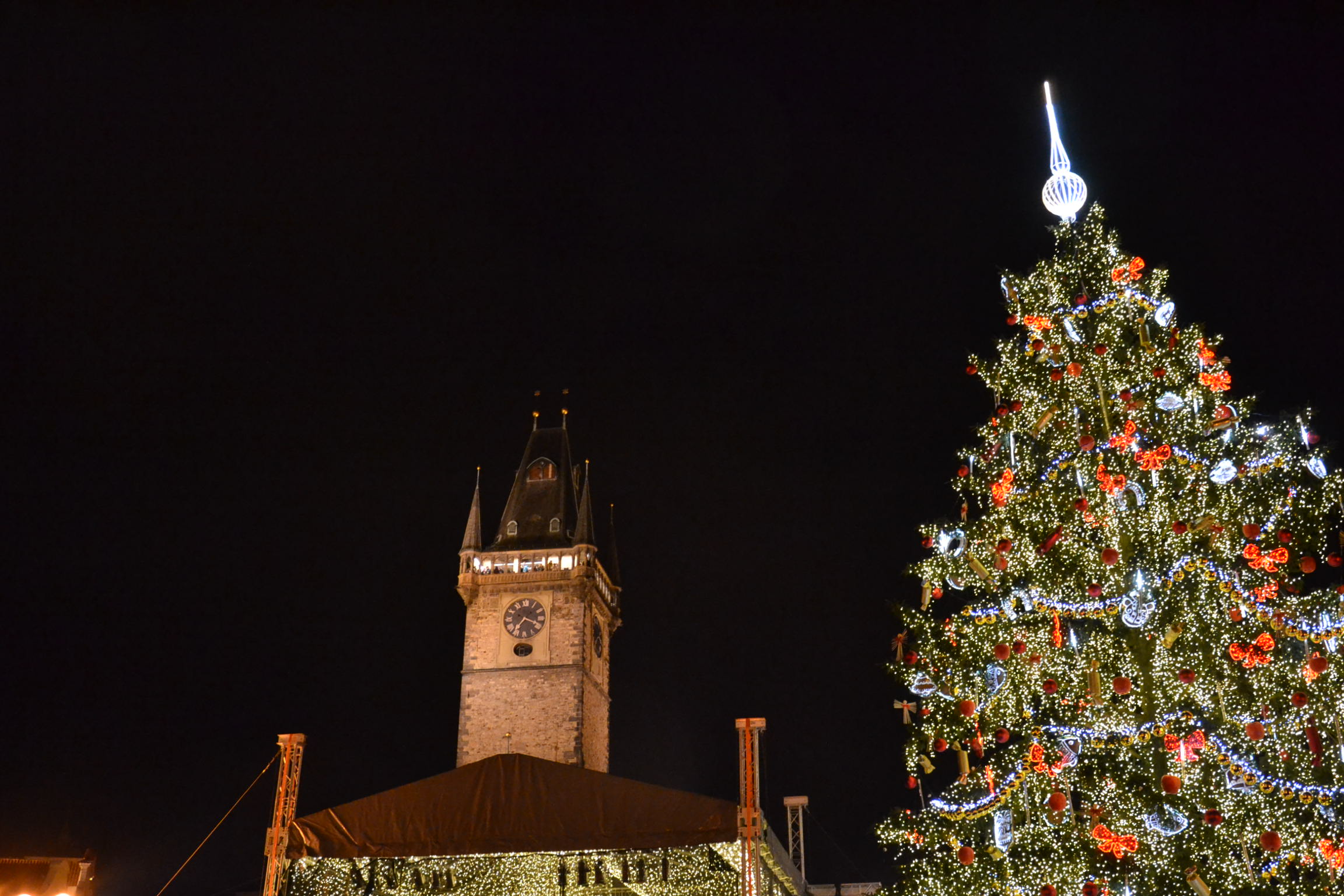The tradition of the Christmas markets is one of those customs that we cloned from colder lands and rich in atmosphere and that in the Italian squares help, with alternating fortunes, to make the economy between the end of November and the first days of January, with calendar changes from region to region. Bretzel, mulled wine, sausage rolls, smoked ham and strudel become the priority street food of tourists and residents who can not resist the charm of the aromas and flavors typical of northern Europe.
And in fact, in the northern part of the old continent you can find the most beautiful Christmas markets, with Germany leading the ranking with 19 cities to compete for the record of the best Christmas atmosphere between banks and hot plates. Some French regions, such as Alsace, have also made their mark on markets, with Colmar and Strasbourg standing out by far. Not least are some of the capitals of the east, such as Bratislava and Ljubljana, which, however, can not compete with the majesty of the Prague Christmas market, which in Old Town Square sports a colorful multitude of chalets offering smoked ham on Bohemian braziers and muffs in the shade of a giant-sized fir.
But do you have to go abroad to find a Christmas market that is up to the task? Actually, no, since in Trentino Alto Adige there are also well made and with the right atmosphere. Yeah. Because the atmosphere, for the markets, is everything. If you try to visit those set up with meritorious courage in other Italian cities, you will realize that they are only stalls, which on many occasions offer oriental products that have nothing to do with craftsmanship. And that in fact are sold at every latitude. The atmosphere is everything, so it is better to avoid strolling around the markets before sunset: without lights and lights, burning braziers and candle smoke you will find yourself wandering around in a local market just more finished than the usual ones.
Then, there are cities and towns that have perfect historic centers and squares made just to frame a romantic market but, unfortunately, there are many, many, others that can not boast these characteristics and the difference definitely catches the eye. The cold is another essential element: to be able to taste hot wine, bretzel, sauerkraut and wustel and other high-calorie, fat and greasy dishes the temperature must be at least less than 15 degrees, otherwise the palate rebels. And, speaking of rebellions, do not be tempted by the variants of mulled wine, hot orange juice is hideous and does not bind with any type of Christmas food. The only variation allowed is the warm white wine, instead of red, but even on this opening we could discuss! Another caution: cinnamon, ginger and nutmeg have pleasant aromas if added in a few drops to a cake or if used as car perfumers. The foods that contain them in robust amounts will remain wandering around your stomach longer than you would like.

While for a long time you will find yourself admiring that huge wooden statue of the Nutcracker that you recklessly, perhaps drunk on hot wine, have bought for an important amount. You will be there to admire it, for a few years, asking yourself: but why? A question that should be asked first. All those objects, those decorations and that colorful and shiny trinkets are attractive and almost irresistible, but before you put your hand to your wallet it would be useful to ask yourself if we actually live in the house of Santa Claus (which can therefore accommodate copious elements of furniture Lappish style) or if in our apartment, villa, loft or studio so Christmas objects can really find their own size. It seems an obvious as superfluous consideration, but you may find yourself reflecting only when you cross the threshold loaded with envelopes from which large wooden figurines and hectometers of Christmas decorations made in Korea powered by LEDs emerge.
Illustration by Gloria Dozio - Acrimònia Studios
Photos by Marco Squadroni
.jpg)